On Saturdays We Catch Cuckoos!
Starting on Sunday August 23 we started to see more and more warbler diversity, but Sunday was a very humid, hot, and a slow day for birds. We had new volunteers come out for a bit of a tour of the observatory and a run-down on what to expect when you come out. We also found our first Smooth Greensnake for the season!
We woke up on Monday expecting much of the same and were delighted to have a busy day. The bird activity around the station seemed to be a bit busier. We did not expect to catch a beautiful hatch year male Merlin in one of our hawk nets.
It appears Merlin numbers have increased around the station recently and we originally noticed the uptick after a day of heavy migration for Green Darner dragonflies (Anax junius). Blair Dudeck, our bander in charge, was delighted since it was his most ‘wished’ for bird to band and banding one on our second week was a special treat.
We also had an after hatch year Sharp-shinned Hawk in one of our passerine nets. On top of all the hawk/falcon excitement, we also caught our first

Carolina Wren (photo: Blair Dudeck)
Carolina Wren for the season and only the 6th ever banded at Prince Edward Point Bird Observatory (PEPtBO). They are an uncommon visitor to the point and are not a migratory species, although they do tend to move around in their range. We also had a good day for Bobolink banding 29 new birds.
August 25th was warm and humid but north winds were forecast and we waited patiently in the hopes that these north winds would bring down some new migrants but instead the opposite was true. We woke up on Wednesday to a brisk, crisp morning which was very refreshing.
It felt like a sunny fall morning, and we were excited! Daydreams of Painted Buntings and Kentucky Warblers danced in our heads. As the day wore on, we realised instead of bringing in new migrants from the north, all our local birds had left, and we had no new migrants!
We did have a couple of good rounds and caught a lovely Bay-breasted and Canada Warbler that posed quite beautifully for us. We also had a visiting Eastern Meadowlark hanging around our Bobolink nets. Unfortunately, it did not go in.

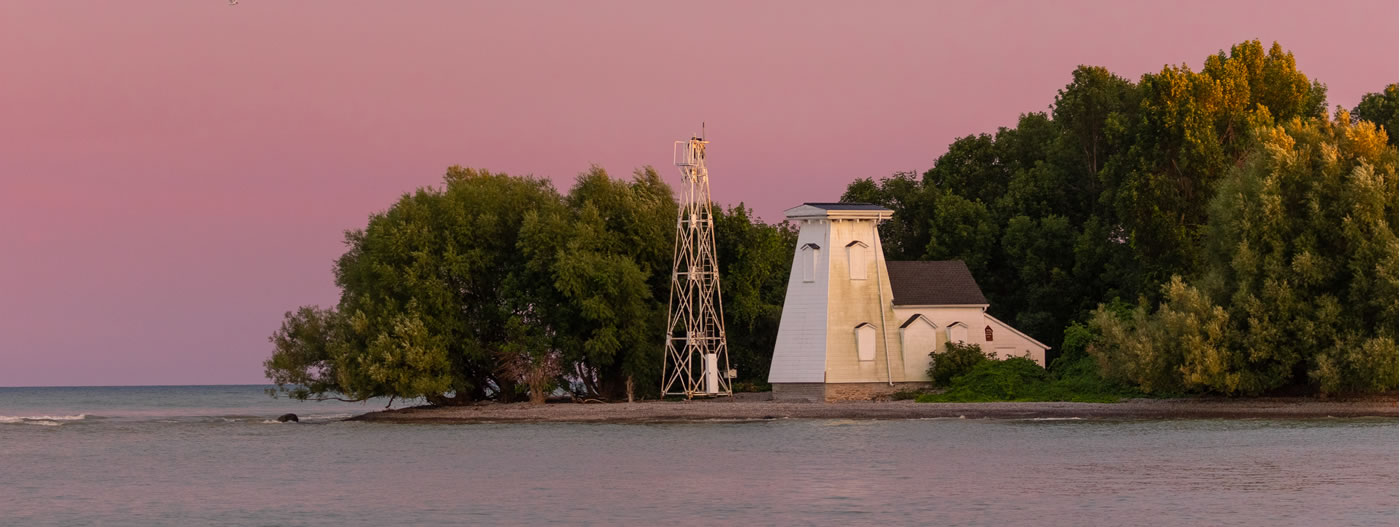


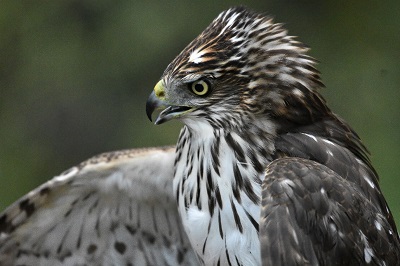

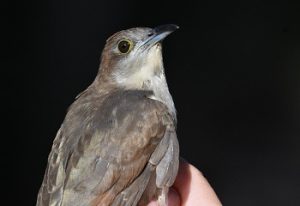
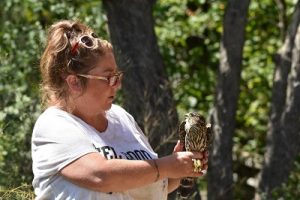
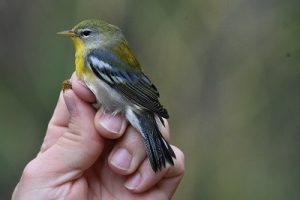 Sunday started with a bang, after catching our first Mourning Warbler, Wood Thrush, and Yellow Shafted Northern Flicker. That morning started with lots of thrush movement with the top banded bird for the day being Swainson’s Thrush. We had also caught a few Veeries and another Grey-cheeked Thrush. Lots of Philadelphia Vireos observed around the point along with the dominant vireo migrant Red-eyed Vireo.
Sunday started with a bang, after catching our first Mourning Warbler, Wood Thrush, and Yellow Shafted Northern Flicker. That morning started with lots of thrush movement with the top banded bird for the day being Swainson’s Thrush. We had also caught a few Veeries and another Grey-cheeked Thrush. Lots of Philadelphia Vireos observed around the point along with the dominant vireo migrant Red-eyed Vireo.